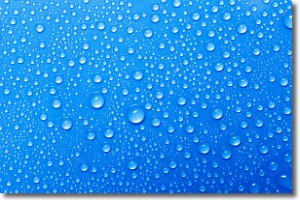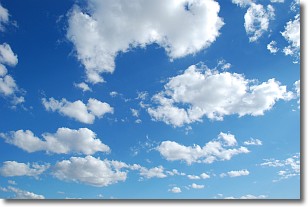Weather Alert in Idaho
Red Flag Warning issued July 3 at 8:57PM MDT until July 4 at 1:00AM MDT by NWS Boise ID
AREAS AFFECTED: Southern Highlands
DESCRIPTION: ...RED FLAG WARNING FOR SCATTERED LIGHTNING THIS EVENING...AND AGAIN EARLY FRIDAY MORNING THROUGH LATE FRIDAY EVENING IN SOUTHEAST OREGON... .Scattered thunderstorms will decrease but not end tonight in southeast Oregon and far southwest Idaho. Several more rounds of thunderstorms are likely in southeast Oregon beginning early Friday morning and lasting through late Friday evening. Gusty outflow winds and lightning, combined with low humidity, will continue to cause critical fire weather conditions. * AFFECTED AREA...In Idaho, Fire Weather Zone 426 Southern Highlands. * TIMING...Until 1 AM MDT Friday. * IMPACTS...Any fire that develops will catch and spread quickly. Outdoor burning is not recommended. * THUNDERSTORMS...Scattered. * OUTFLOW WINDS...Isolated gusts up to 50 mph.
INSTRUCTION: A Red Flag Warning means that critical fire weather conditions are either occurring now, or will occur shortly.
Want more detail? Get the Complete 7 Day and Night Detailed Forecast!
Current U.S. National Radar--Current
The Current National Weather Radar is shown below with a UTC Time (subtract 5 hours from UTC to get Eastern Time).

National Weather Forecast--Current
The Current National Weather Forecast and National Weather Map are shown below.

National Weather Forecast for Tomorrow
Tomorrow National Weather Forecast and Tomorrow National Weather Map are show below.

North America Water Vapor (Moisture)
This map shows recent moisture content over North America. Bright and colored areas show high moisture (ie, clouds); brown indicates very little moisture present; black indicates no moisture.

Weather Topic: What is Condensation?
Home - Education - Precipitation - Condensation
 Next Topic: Contrails
Next Topic: Contrails
Condensation is the process which creates clouds, and therefore
it is a crucial process in the water cycle.
Condensation is the change of matter from a state of gas into a state of liquid,
and it happens because water molecules release heat into the atmosphere and
become organized into a more closely packed structure, what we might see as
water droplets.
Water is always present in the air around us as a vapor, but it's too small for
us to see. When water undergoes the process of condensation it becomes organized
into visible water droplets. You've probably seen condensation happen before on the
surface of a cold drink!
Next Topic: Contrails
Weather Topic: What are Cumulonimbus Clouds?
Home - Education - Cloud Types - Cumulonimbus Clouds
 Next Topic: Cumulus Clouds
Next Topic: Cumulus Clouds
The final form taken by a growing cumulus cloud is the
cumulonimbus cloud, which is very tall and dense.
The tower of a cumulonimbus cloud can soar 23 km into the atmosphere, although
most commonly they stop growing at an altitude of 6 km.
Even small cumulonimbus clouds appear very large in comparison to other cloud types.
They can signal the approach of stormy weather, such as thunderstorms or blizzards.
Next Topic: Cumulus Clouds
Current conditions powered by WeatherAPI.com




